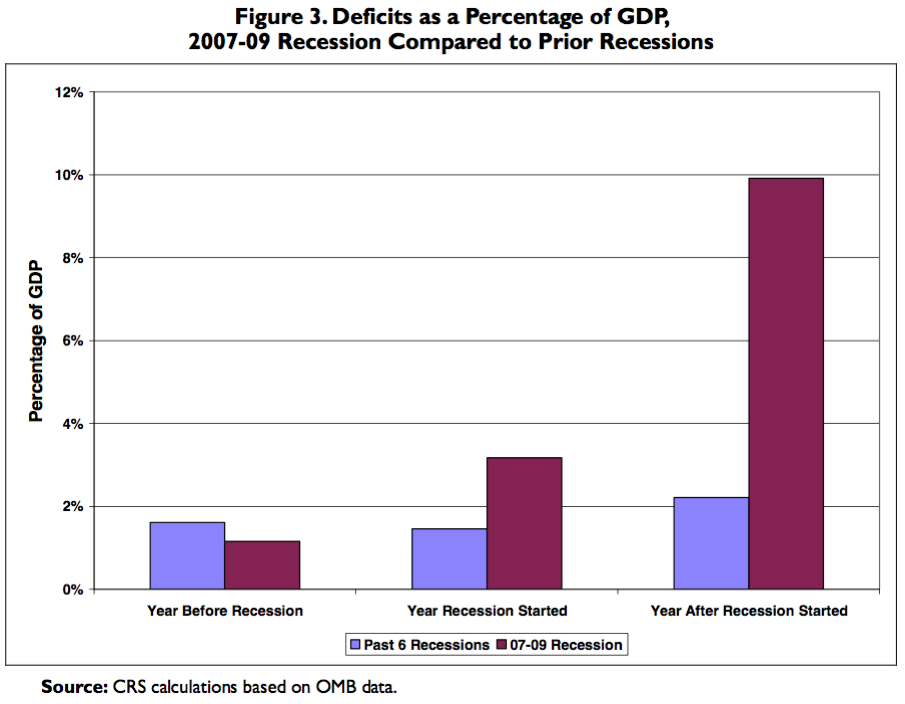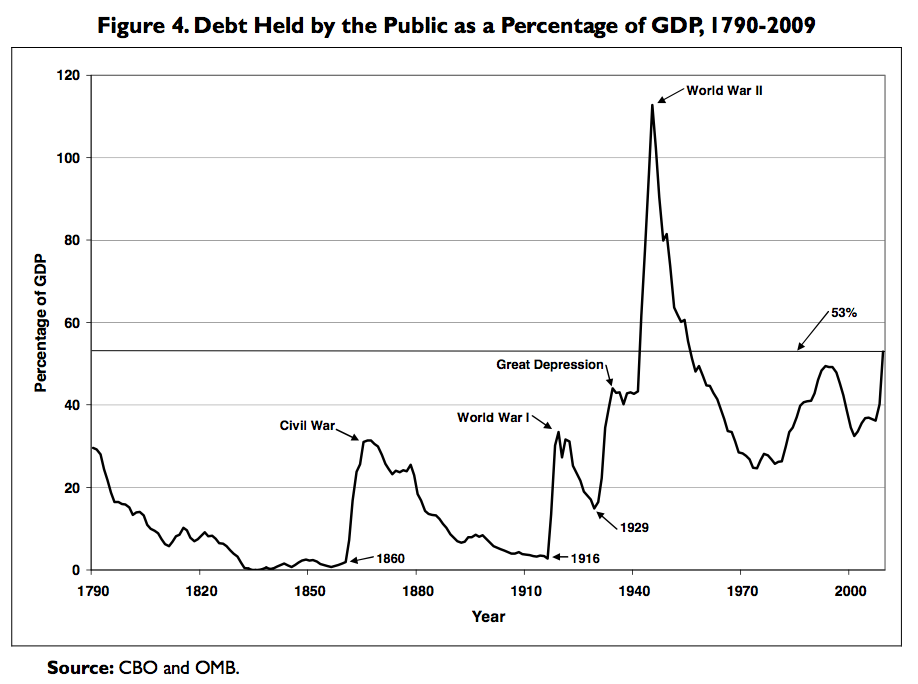The nonpartisan Congressional Research Service prepared a report for Congress on the impact of the Bush Tax Cuts on the economy.
The report notes the various options of keeping some all or none of the cuts; the impact of these choices is the balance between fostering economic growth and restoring fiscal sustainability. (You can see the full CRS report here).
First, a definition: What exactly are the tax provisions of Bush Tax Cuts (EGTRRA and JGTRRA):
The Bush Tax Cuts
• The 10% tax rate was introduced;
• The 28% rate was reduced to 25%
• The 31% rate was reduced to 28%
• The 36% rate was reduced to 33%
• The 39.6% rate was reduced to 35%
• Long-term capital gains tax rate was reduced from 20% to 15%;
• Qualified dividends were taxed at 15% rather than as ordinary income;
• The “marriage penalty” was reduced by increasing the standard deduction for couples;
• Child tax credit, the earned income tax credit (EITC), and education incentives were expanded.
• Repeal of the personal exemption phaseout (PEP) and the limitation on
itemized deduction (Pease) (both were gradually phased out)
I cannot quantify the last three, but the others — the tax brackets, cap gains and dividends — are easy to understand.
Here are several visual depictions of the circumstances from and impact of these taxes:
>
click for ginormous charts
You should read the full CRS report, as its quite informative . . .
Hat tip Bruce Bartlett





What's been said:
Discussions found on the web: